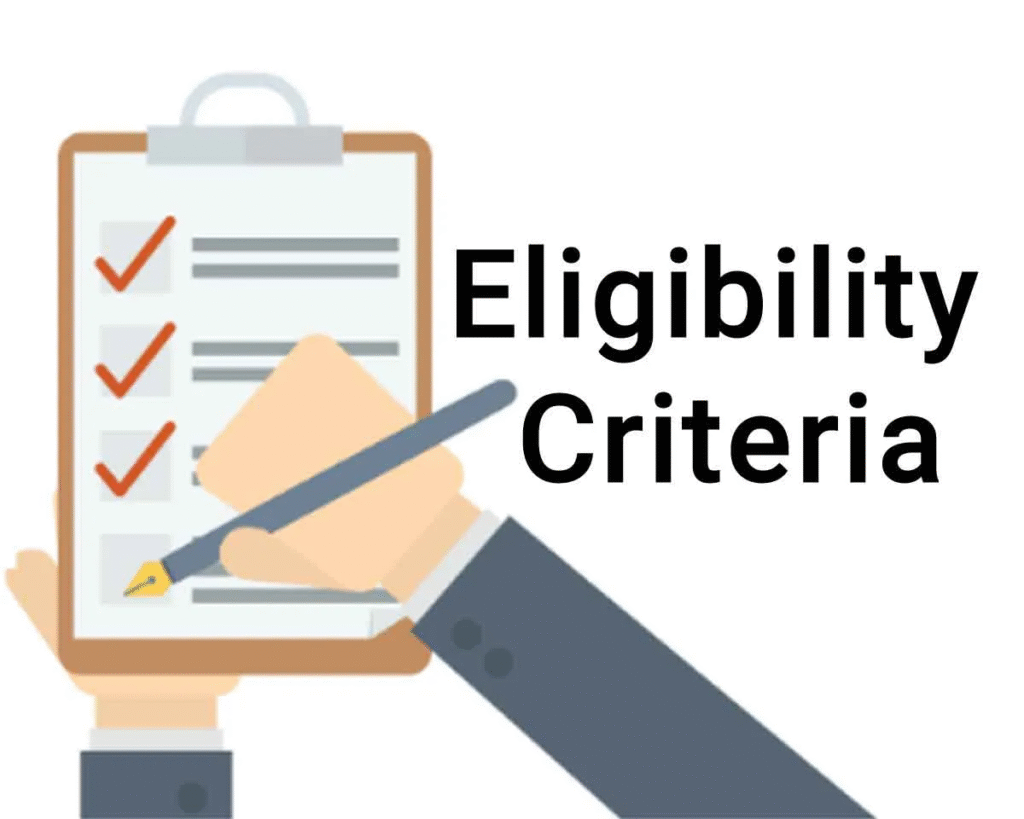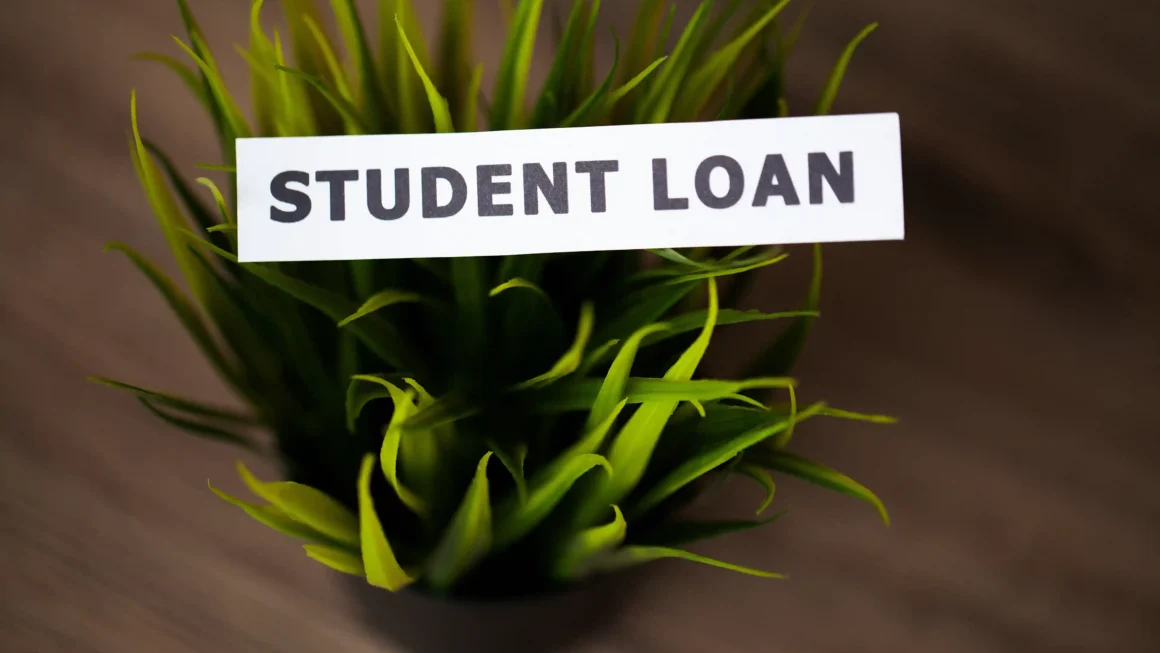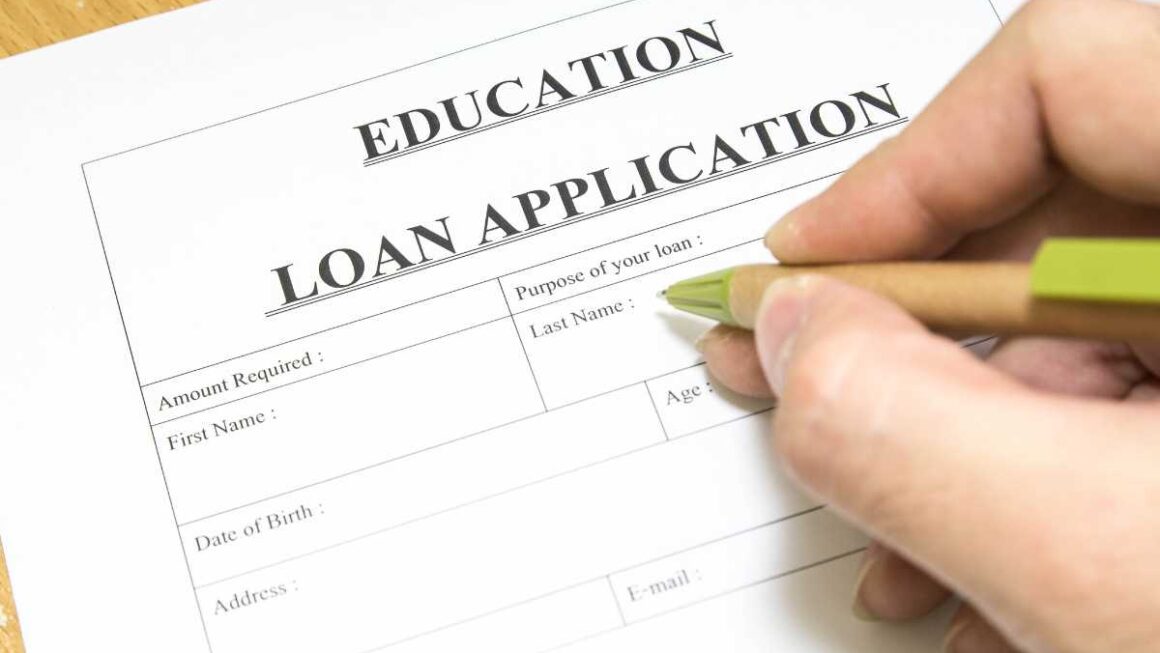Government Student Loan Education is a powerful tool that can transform lives, and for many students, pursuing higher education is a dream that requires financial support. Government student loans are designed to bridge this financial gap, offering students the opportunity to study without the immediate burden of tuition fees. This article delves into the intricacies of government student loans, explaining what they are, how they function, and the various schemes available, particularly focusing on India.
Key Takeaways
- Government student loans are designed to make education affordable and accessible.
- Various schemes cater to different needs, including interest subsidies and collateral-free options.
- Understanding the terms, eligibility, and repayment conditions is crucial before availing of these loans.
- Timely repayment not only ensures financial stability but also contributes to building a positive credit history.
Understanding Government Student Loans
A government student loan is a financial aid provided by the government to students pursuing higher education. These loans are typically offered at lower interest rates compared to private loans and often come with more favorable repayment terms. The primary aim is to make education accessible to all, regardless of financial background.
Key Features:
- Lower Interest Rates: Government loans usually have subsidized interest rates, making them more affordable.
- Flexible Repayment Terms: Many loans offer extended repayment periods, sometimes up to 15 years.
- Moratorium Period: A grace period after course completion before repayment begins, allowing students time to secure employment.
- Collateral-Free Options: For loans up to a certain amount, no collateral is required, reducing the financial burden on students and their families.
How Government Student Loans Work
- Application Process:
- Eligibility Check: Students must meet specific criteria, such as being an Indian national, having secured admission to a recognized institution, and meeting family income thresholds.
- Documentation: Required documents typically include admission proof, academic records, identity proof, and income certificates.
- Submission: Applications can be submitted online through portals like Vidya Lakshmi or directly to participating banks.
- Loan Sanctioning:
- Assessment: Banks assess the application based on eligibility and documentation.
- Approval: Upon approval, the loan amount is sanctioned, and a sanction letter is issued detailing the terms and conditions.
- Disbursement:
- Direct Payment: The loan amount is disbursed directly to the educational institution in installments as per the fee schedule.
- Utilization: Students can utilize the funds for tuition fees, hostel charges, books, and other educational expenses.
- Repayment:
- Moratorium Period: Repayment typically begins one year after course completion or six months after securing employment, whichever is earlier.
- EMI Structure: Equated Monthly Installments (EMIs) are calculated based on the loan amount, interest rate, and tenure.
- Tax Benefits: Under Section 80E of the Income Tax Act, interest paid on education loans is eligible for tax deductions.
Government Education Loan
India offers several government-backed education loan schemes:
- Central Sector Interest Subsidy Scheme (CSIS):
- Target Group: Students from economically weaker sections with a family income up to INR 4.5 lakhs per annum.
- Benefits: 100% interest subsidy during the moratorium period for loans up to INR 7.5 lakhs.
- Credit Guarantee Fund Scheme for Education Loans (CGFSEL):
- Target Group: Students who do not have collateral.
- Benefits: Collateral-free loans up to INR 7.5 lakhs with a 75% guarantee cover in case of default.
- State-Specific Schemes:
- Bihar Student Credit Card Scheme: Loans up to INR 4 lakhs for students pursuing higher education within India.
- Haryana Government Education Loan Scheme: Loans up to INR 10 lakhs for studies in India and INR 20 lakhs for abroad studies.
- Gujarat Government Education Loan Scheme: Loans with interest subsidies for meritorious students pursuing education abroad.
Benefits of Government Student Loans
- Affordable Education: Lower interest rates reduce the overall cost of education.
- Access to Quality Institutions: Enables students to study in premier institutions that might otherwise be financially out of reach.
- Financial Inclusion: Provides opportunities for students from economically disadvantaged backgrounds.
- Credit History Building: Timely repayment helps in building a positive credit history.
Challenges and Consideration

- Eligibility Criteria: Strict income and academic criteria may limit access for some students.
- Repayment Pressure: The burden of repayment can be significant, especially if employment is not secured promptly.
- Interest Accrual: Interest may accrue during the moratorium period, increasing the total repayment amount.
Absolutely! Here’s an extended list of in-depth topics for long-form articles (10,000–12,000 words) on government student loans, education finance, and related areas. These are ideal for blogs, academic sites, financial education portals, or policy awareness campaigns.
Government Student Loan & Finance Topics (Long-Form Ready)
1. The Evolution of Education Loans in India: From Traditional Lending to Government Schemes
- History of education financing in India
- Role of public vs. private banks
- Government interventions and reforms
2. Impact of Government Student Loans on Higher Education Access in Rural India
- Enrollment growth due to loan availability
- Challenges rural students face (internet, documentation, etc.)
- Case studies from specific districts/states
3. Women and Student Loans in India: Empowerment Through Education Financing

- Special schemes for female students
- Gender disparity in higher education
- Success stories and future policy needs
4. How Government Student Loans Support the NEP 2020 Goals
- Link between financial aid and National Education Policy
- Role of loans in promoting vocational & technical education
- Access to multidisciplinary institutions
5. Understanding Education Loan Interest Subsidy Schemes: A Detailed Breakdown
- Central and state subsidies
- How subsidies are applied and repaid
- Application process and timelines
6. Challenges Faced by Students After Taking a Government Education Loan
- Job market mismatch
- Delays in disbursement
- Mental health & financial anxiety
7. Top Mistakes Students Make While Applying for Education Loans (And How to Avoid Them)
- Choosing the wrong lender
- Misunderstanding interest terms
- Ignoring repayment planning
8. A Complete Guide to Education Loan Portals in India (e.g., Vidya Lakshmi, NSDL, SBI, HDFC Credila)
- Step-by-step comparisons
- Application guides
- Features, pros and cons
9. How to Get an Education Loan Without Collateral in India
- Eligibility criteria and banks that offer it
- Use of Credit Guarantee Fund
- Tips to increase approval chances
10. Student Loans and Credit Scores: Building a Financial Footprint Early
- How education loans affect your credit
- Role of co-applicants
- Responsible repayment and credit building
11. Loan Repayment Holidays, Deferments, and Restructuring: What Are Your Options?
- Moratoriums explained
- Loan restructuring under RBI guidelines
- How deferments impact long-term payments
12. Future of Student Loan Financing in India: Trends, Tech & Policy
- Digital loan applications and fintech
- AI in credit underwriting
- Potential NEP-based financing changes
13. Global Comparison: How Government Student Loans in India Stack Up Against the US, UK, and Australia
- Loan limits, interest rates, repayment terms
- Student debt crisis vs. India’s subsidized model
- What India can learn from global systems
14. The Role of Public Sector Banks in Financing Higher Education in India
- Lending patterns and government mandates
- Support for minority and economically weaker sections
- Problems faced by PSU banks
15. Can Education Loans Alone Bridge India’s Educational Inequality?
- Role of scholarships, grants, and income support
- Combining loans with other funding models
- Suggestions for policymakers
Collateral-Free Education Loans in India: A Comprehensive Guide
Introduction
Access to quality education remains one of the most powerful tools for socio-economic upliftment in India. However, for many families, especially those in rural and underprivileged segments, the financial burden of higher education is daunting. To bridge this gap, the Government of India has made several strides, one of the most impactful being the provision of collateral-free education loans. These loans, often misunderstood or underutilized due to lack of awareness, can open doors to prestigious institutions both in India and abroad — without putting family assets at risk.
What Is a Collateral-Free Education Loan?
A collateral-free education loan is a type of loan offered without requiring the borrower to pledge any asset such as property, land, fixed deposits, or gold. Instead of physical security, these loans are backed by the Credit Guarantee Fund Scheme for Education Loans (CGFSEL), which assures banks of partial repayment in case of default. Under this framework, loans up to ₹7.5 lakhs can be issued without the need for collateral or third-party guarantees. This model aims to simplify access to higher education financing for students from middle-income and economically weaker sections (EWS).
Key Features of Collateral-Free Loans
- Loan Amount: Up to ₹7.5 lakhs without collateral
- Eligible Courses: Professional and technical courses in recognized institutions (in India or abroad)
- Moratorium Period: Course duration + 1 year (or 6 months after employment, whichever is earlier)
- Repayment Tenure: Up to 15 years after the moratorium period
- Co-applicant Requirement: Usually a parent or guardian is still required as co-borrower
- Interest Subsidy: Interest subsidy may be available under schemes like the Central Sector Interest Subsidy (CSIS) during the moratorium period
- Tax Benefit: Interest paid can be claimed under Section 80E of the Income Tax Act
How CGFSEL Works
Introduced by the Ministry of Education (formerly MHRD), the CGFSEL is managed by the National Credit Guarantee Trustee Company (NCGTC). It provides a credit guarantee cover of up to 75% of the outstanding amount (including interest) to banks in case the borrower defaults. This reduces the risk for banks and encourages them to lend to more students. To be eligible, the education loan must be sanctioned under the Model Education Loan Scheme of the Indian Banks’ Association (IBA), and the student must have taken admission in a recognized course/institution.
Eligibility Criteria

To qualify for a collateral-free loan backed by the CGFSEL, students typically must:
- Be an Indian citizen
- Have secured admission to a recognized professional or technical course through merit-based selection or entrance test
- Apply through a bank that is part of the CGFSEL program
- Ensure the total loan applied for does not exceed ₹7.5 lakhs for no-collateral coverage
Additionally, students from economically weaker sections may also apply for interest subsidy schemes, further easing the financial burden.
Benefits to Students and Families
- No Asset Risk: Families don’t need to mortgage property or jewelry
- Wider Access: Especially helpful for rural and first-generation learners
- Financial Inclusion: Encourages participation from marginalized groups
- Supportive Policies: Interest subsidy and tax deductions lighten the long-term burden
Challenges and Caveats
Despite the benefits, there are important points to watch out for:
- Hidden Fees: Processing or documentation fees might apply
- Credit History of Co-Applicant: Can still influence approval
- Employment Pressure: Students often feel pressured to quickly repay after graduation
- Lack of Awareness: Many students are unaware such loans exist, or how to apply
Banks may also deny applications if the student’s chosen institution isn’t recognized or if the course doesn’t fall under IBA’s approved categories.
Real-Life Example
Consider Aditi, a student from a small town in Madhya Pradesh who secured admission into az B.Tech course at a reputed government college. Her family couldn’t pledge property or any asset, but she was able to apply through the Vidya Lakshmi portal and secure a ₹5 lakh loan from Canara Bank without collateral. With interest subsidy covering her moratorium period and timely repayments after graduation, Aditi not only avoided debt stress but also built a strong credit score by age 25.
Also read: Can Student Loans Open Doors or Create Debt Traps?
Conclusion
Government student loans play a pivotal role in making higher education accessible to students across India. By offering financial assistance at favorable terms, these loans empower students to pursue their academic aspirations without the immediate financial burden. However, it’s essential for students to understand the terms and conditions, plan their finances, and ensure timely repayment to make the most of these opportunities
FAQs
What is the maximum loan amount available under government schemes?
The maximum loan amount varies by scheme. For instance, under CSIS, loans up to INR 7.5 lakhs are available.
Is collateral required for all education loans?
No, for loans up to INR 7.5 lakhs, collateral is not required under schemes like CGFSEL.
Can I apply for a loan if I have secured admission abroad?
Yes, several schemes, including Vidya Lakshmi, cater to abroad.
What expenses are covered under these loans?
Loans cover tuition fees, hostel charges, books, equipment, and other educational expenses.
How is the repayment amount calculated?
Repayment is based on the loan amount, interest rate, and tenure, resulting in Equated Monthly Installments (EMIs).
Are there any tax benefits associated with education loans?
Yes, under Section 80E of the Income Tax Act, interest paid on education loans is eligible for tax deductions.



